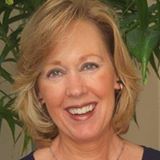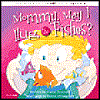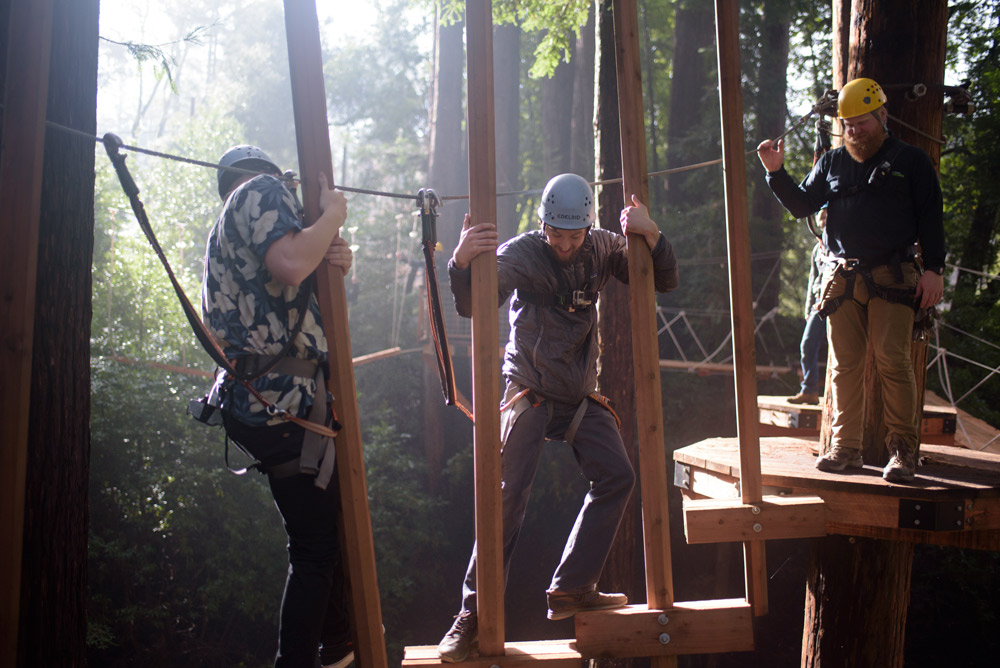What Kind of Children’s Book?
Starting today, we will feature bi-weekly posts by some of our 2016 writers’ conference faculty and resource team members. We’re starting with a little something for children’s writers.
BLOGGER: CRYSTAL BOWMAN
Mentor, Pre-Conference Next Level Mentoring Clinic ~ Take Your Children’s Writing to the Next Level
Workshop ~ Rhythm, Rhyme & Repetition
WHAT KIND OF CHILDREN’S BOOK?
When writers tell me they want to write a children’s book, I ask them, “What kind of children’s book?” They often give me a puzzled look and reply, “What do you mean?”
The writer is usually referring to the standard 32-page hardcover picture book with illustrations, but there are several sub-genres within the genre of children’s literature that writers need to know about before submitting their work to a publisher. Boardbooks for toddlers, preschool picture books, and books for beginning readers are much different from 32-page picture book with a story. Each sub-genre has its own set of requirements such as word count, page count, vocabulary, and themes.
- Boardbooks: Boardbooks are written for little ones who are not learning to read, they are learning to talk. Therefore the words in a boardbook need to be chosen carefully. Even though an adult will be reading the book to the child, the words need to be concrete words that a child can comprehend. Boardbooks are usually 12 pages with bold illustrations and few words per page. Even though you will have little or no say in the illustrations, you need to be able to visualize your words.
- Preschool Picture Books: Though some preschoolers may begin to recognize letters, numbers, and even a few short words, many children at this age are still experimenting with sounds and learning new words to add to their growing vocabulary. They enjoy verbally playing with words and sounds, and a skilled writer will incorporate “word play” into the text. Alliteration, onomatopoeia, assonance, repetition, and rhyme are some examples of word play that can help a preschool picture book reach its targeted audience.
- Picture Books: The standard 32-(or 48) page picture book is a fictional story with a full plot—beginning, middle, and ending. It is usually less than 1000 words, and the story is told using complete sentences and paragraphs. Character development is critical, as well as dialogue. The illustrations enhance the story, but the story can stand alone and is not dependent on illustrations. The market is flooded with premium picture book, so in order to get noticed, a writer has to offer something that is unique and exceptional.
- Beginning Reader Books: When writing for beginning readers, writers need to write satisfying stories to get kids excited about reading. They need to use vocabulary words that can be sounded out easily. The sentence structure needs to be simple and direct with few dependent clauses. The stories are told primarily through action and dialogue, and most of the descriptions are left to the illustrations. The key is to combine good writing with engaging stores that can be developed into a series.
In addition to these sub-genres, the children’s market also includes non-fiction picture books, young adult fiction or non-fiction books, Bible storybooks, and devotions for children. So the next time you tell someone you want to write a children’s book, be prepared to tell them what kind of children’s book you have in mind.
_________________
Did you know about the various formats for children’s books? Which category best fits the children’s book you’re writing?
You’ll meet Crystal Bowman at the 2016 Mount Hermon Christian Writers’ Conference, where she will serve as a mentor for children’s writers in the Pre-Conference Next Level Clinics, March 16-18, and teach a workshop and serve on the Critique Team, March 18-22. Click here to learn more about the Critique Team.







